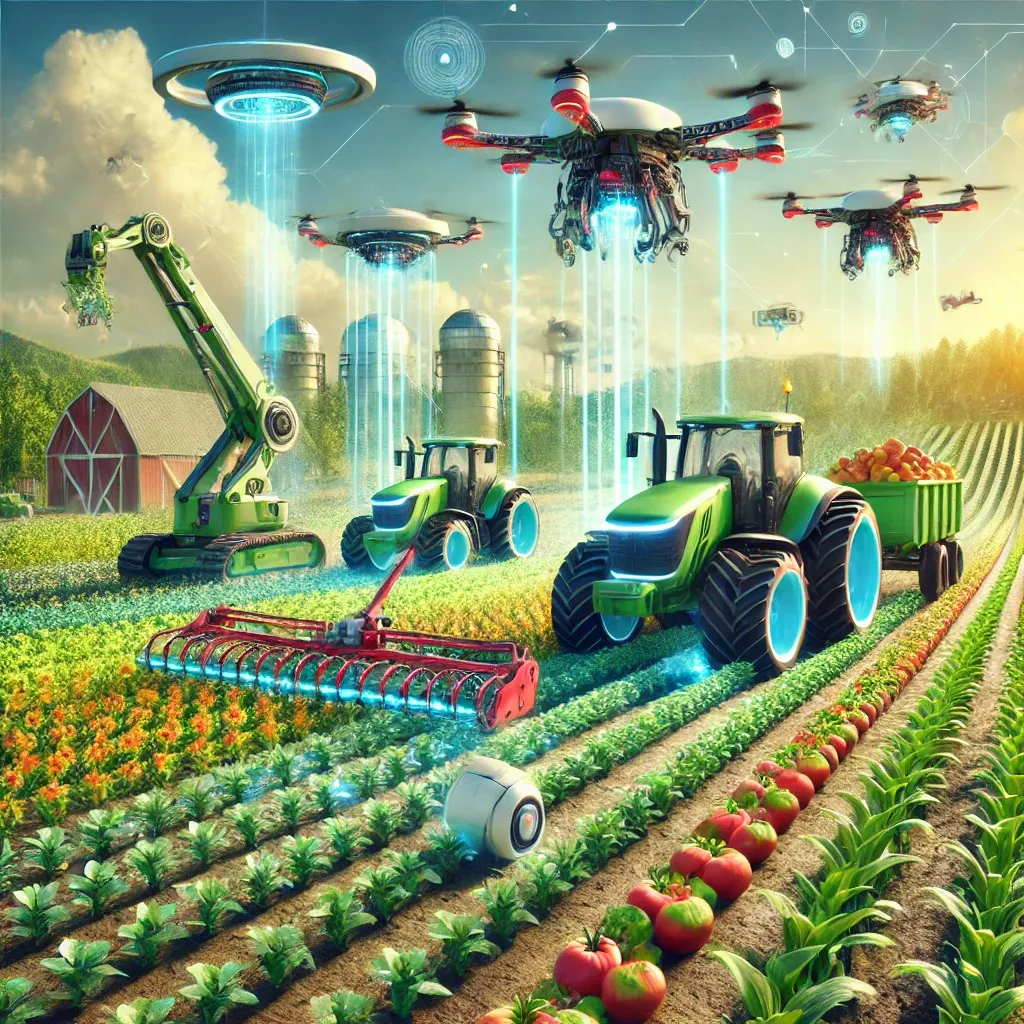In the ever-evolving landscape of precision agriculture, the integration of robotics has been a game-changer, enabling farmers to optimize operations and enhance productivity. However, the complex and dynamic nature of agricultural environments has posed significant challenges to effective path planning for these robots. A recent study published in *Frontiers in Plant Science* introduces AgriPath, a robust multi-objective path planning framework designed to tackle these very challenges, potentially revolutionizing the way agricultural robots navigate and operate in the field.
AgriPath, developed by a team led by Chenghan Yang of the Faculty of Information Technology at Al-Farabi Kazakh National University, integrates an improved convolutional neural network (CNN), an enhanced A* algorithm, and an improved whale optimization algorithm (IWOA). This combination aims to optimize pathfinding, convergence efficiency, and obstacle avoidance in complex agricultural settings. “The key innovation here is the integration of these advanced algorithms to create a more adaptive and efficient path planning framework,” Yang explains. “This allows agricultural robots to navigate through dense vegetation, unstructured terrain, and dynamic obstacles with greater ease and precision.”
The framework’s improved CNN leverages causal convolution and multi-head self-attention mechanisms to enhance temporal modeling for short-term trajectory prediction. This is augmented by Gaussian perturbations to improve initial solution diversity. The improved A* algorithm incorporates dynamic heuristic functions based on the Normalized Difference Vegetation Index (NDVI), combined with Kalman filtering, to bolster global path adaptability. Meanwhile, the IWOA employs non-linear convergence factors and differential evolution mechanisms to dynamically balance path length, smoothness, and planning time.
The practical implications of AgriPath for the agriculture sector are substantial. By enhancing the efficiency and robustness of agricultural robot path planning, farmers can expect more reliable and precise operations. This can lead to reduced labor costs, increased crop yields, and improved resource management. “The potential commercial impact is significant,” Yang notes. “Farmers can deploy these robots with greater confidence, knowing that they can navigate complex environments more effectively. This can lead to more efficient use of resources, reduced environmental impact, and ultimately, higher productivity.”
Experiments conducted in the Modern Agricultural Demonstration Zone at Chengdu, Sichuan Province, China, across simple, moderate, and complex scenarios, demonstrated that AgriPath outperforms advanced algorithms such as SBREA*, Ant Colony A*, Orchard A*, and Greedy A* in path length, smoothness, planning time, and dynamic obstacle avoidance success rate. These results indicate a superior multi-objective optimization balance, making AgriPath a promising solution for autonomous navigation in precision agriculture.
The research not only enhances the efficiency and robustness of agricultural robot path planning but also provides new theoretical and practical directions for the field of path planning. As the agriculture sector continues to embrace technology, innovations like AgriPath are poised to play a crucial role in shaping the future of farming. By offering a more adaptive solution for autonomous navigation, AgriPath sets a new standard for precision agriculture, paving the way for more efficient and sustainable farming practices.

